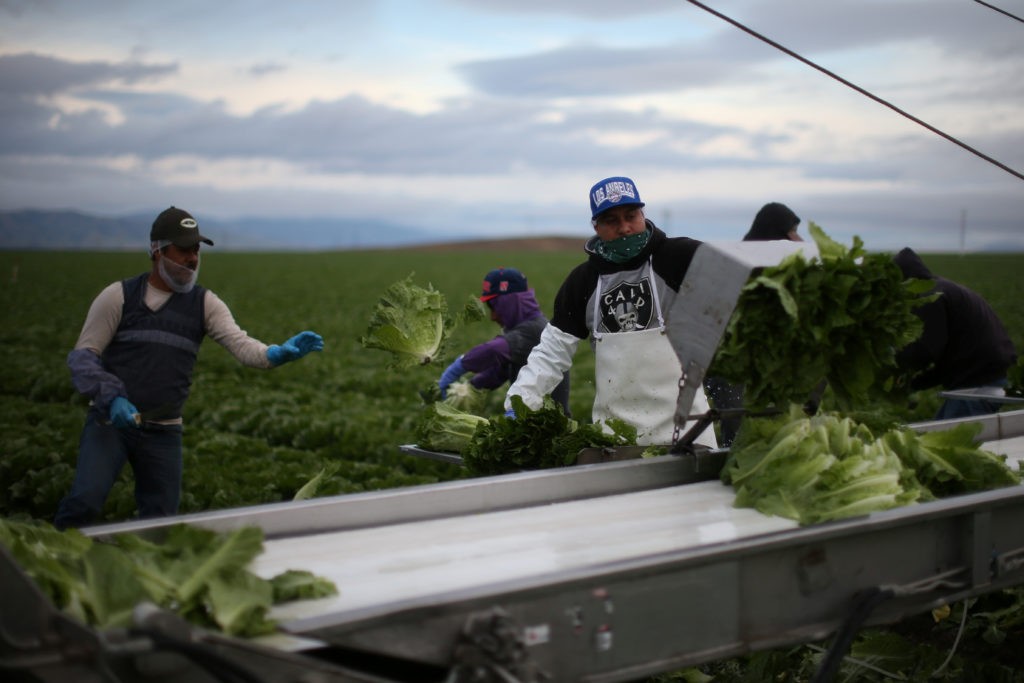
California's agricultural industry faced significant challenges during Donald Trump's previous term as president. As the 2024 election approaches, farmers in the Golden State are weighing the potential impacts of another Trump presidency on their livelihoods.
During Trump's 2017-2021 tenure, his administration's policies on trade, immigration, and environmental regulations had ripple effects throughout California's farming communities. The trade war with China led to retaliatory tariffs on key California exports like almonds, wine, and citrus fruits. This resulted in lost markets and depressed prices for many growers.
Immigration crackdowns made it harder for farmers to find seasonal workers to harvest crops, leading to labor shortages and increased costs. The rollback of environmental protections also created uncertainty around water access - a perennial concern in California's drought-prone climate.
Looking ahead to 2024, California farmers are apprehensive about the possibility of Trump returning to office. Many worry his policies could inflict even greater damage on the state's $50 billion agricultural industry this time around.
A renewed emphasis on restrictive immigration policies could exacerbate existing labor shortages. The prospect of further trade disputes threatens to close off more international markets for California produce. There are also concerns that a second Trump term could bring deeper cuts to farm aid programs and environmental safeguards.
However, some farmers remain supportive of Trump, citing his promises to reduce regulations and prioritize US industries. They argue his policies could ultimately benefit American agriculture in the long run.
As the election nears, California's farming communities find themselves at a crossroads. The outcome in November could have profound implications for the future of agriculture in America's most productive farming state. Regardless of the result, it's clear that farmers will be watching closely to see how the next administration's policies impact their bottom line.